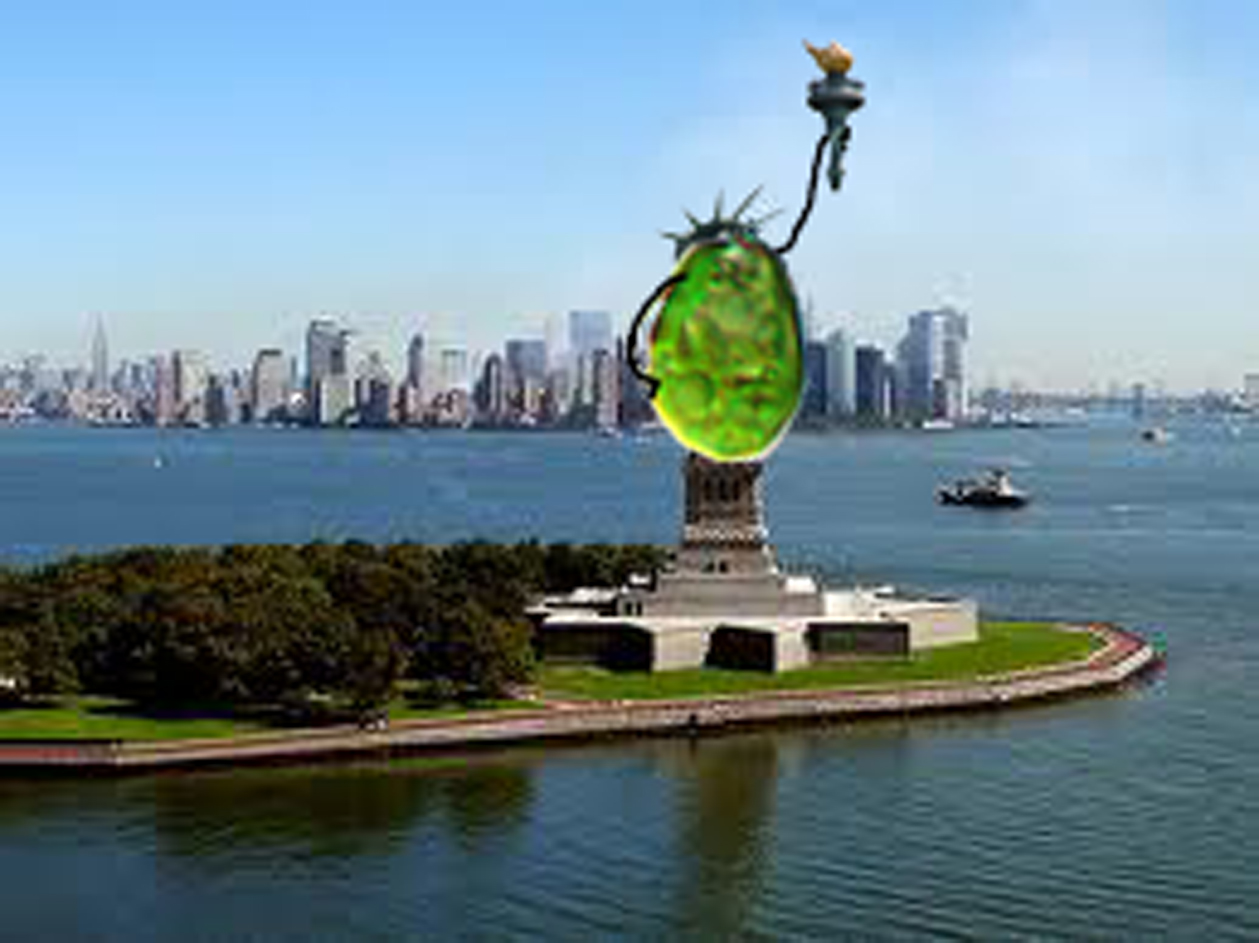from Jorge Mederos
Might green algae be a sugar factory? Are they the little fuel generators that will power the cars of the future? Luis Valledor’s research answers these questions with his incredible project. When I think about large-scale hydrogen production, I always imagine that it would require huge amounts of infrastructure – huge masses of pipes and tanks. But stress some unicellular algae to increase their accumulation of sugars, and by the way, get energy from sources such as hydrogen and biofuel from lipids is the last thing I expected.
[youtube http://www.youtube.com/watch?v=6EBGeDBpw4Y&w=560&h=315]It looks like a science fiction story but that’s what Luis has proposed. Luis works with a single-celled organism – a of green alga very common in nature. He wants to harness the reaction of Chlamydomonas when subjected to stress. When stressed, the algae produces excess fat and sugar molecules. Previously, Luis discovered that this is due to certain genes in Chlamydomonas becoming triggered when it’s subjected to stress. He needs to verify which genes are being activated to engineer new Chlamydomonas that can produce these sugars and lipids at an industrial scale. And this is where we come in.
Contributing to his project is a small step towards the development of an environmentally friendly fuel. The use of the land to produce biofuel is an widespread problem. As arable lands are converted away from food and towards fuel production, food shortages become more acute. Crops such as soybeans and corn for biofuel also are largely responsible for the deforestation of the rain-forests in Brazil and other countries in Central America.
In the Luis’s project we see an potentially incredibly efficient way to produce hydrogen and biofuel without harming food production or the environment. Support this project!



